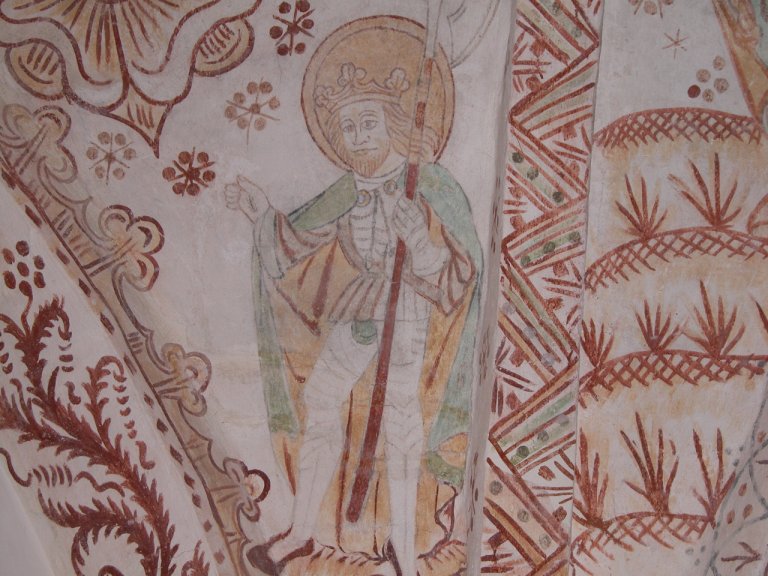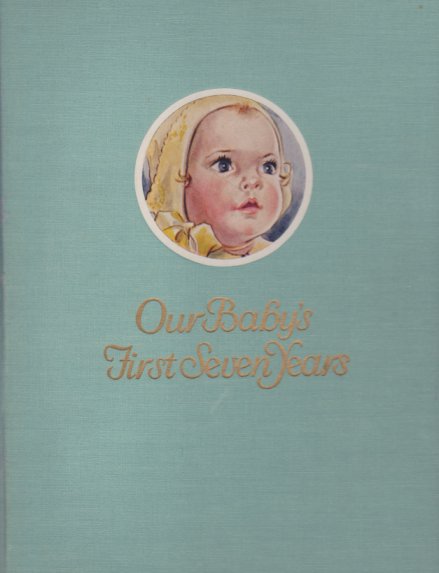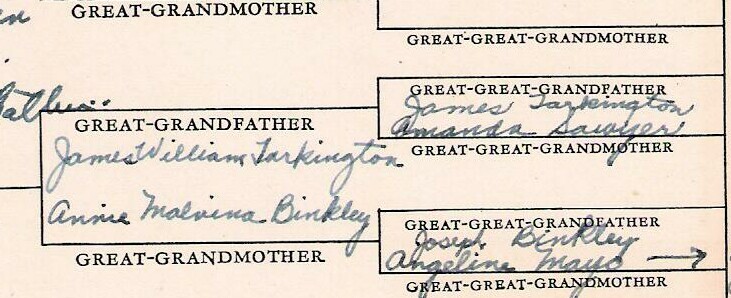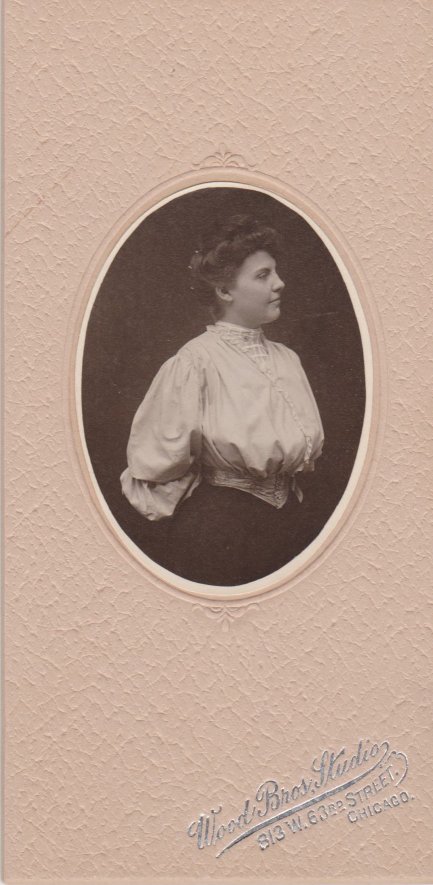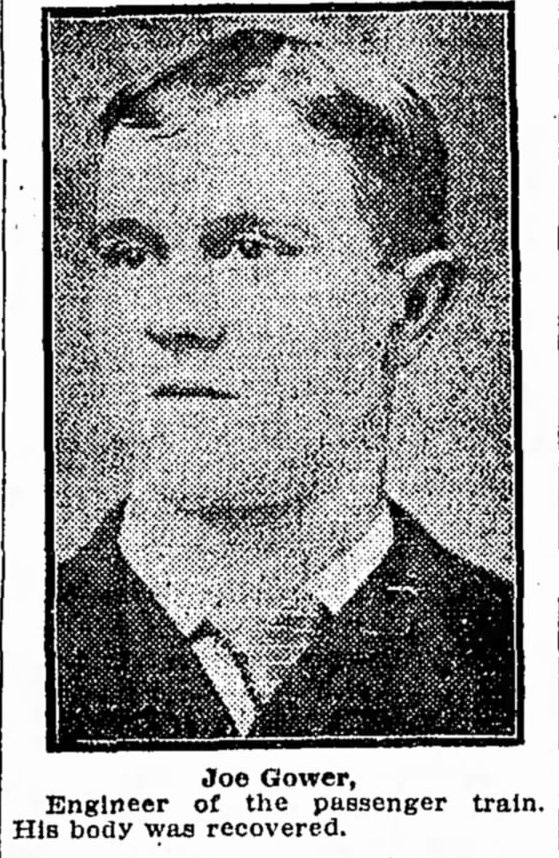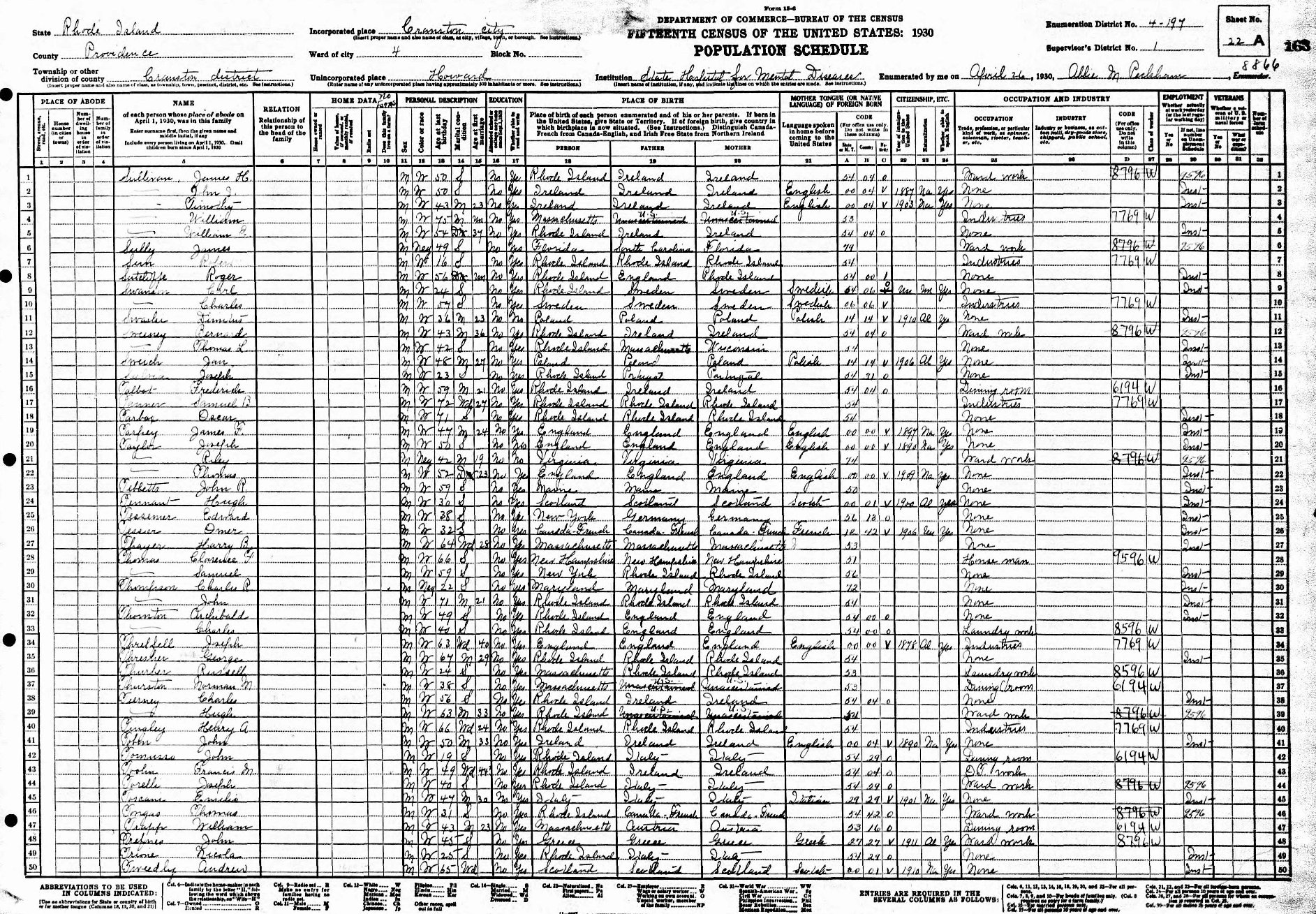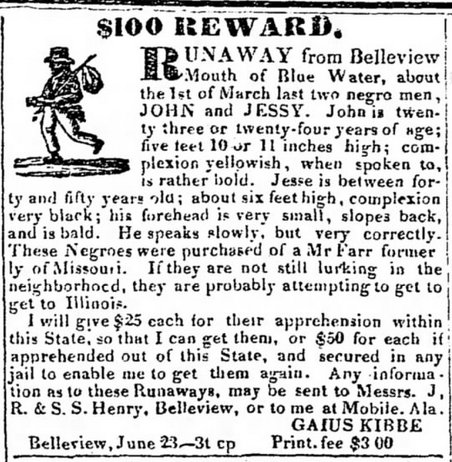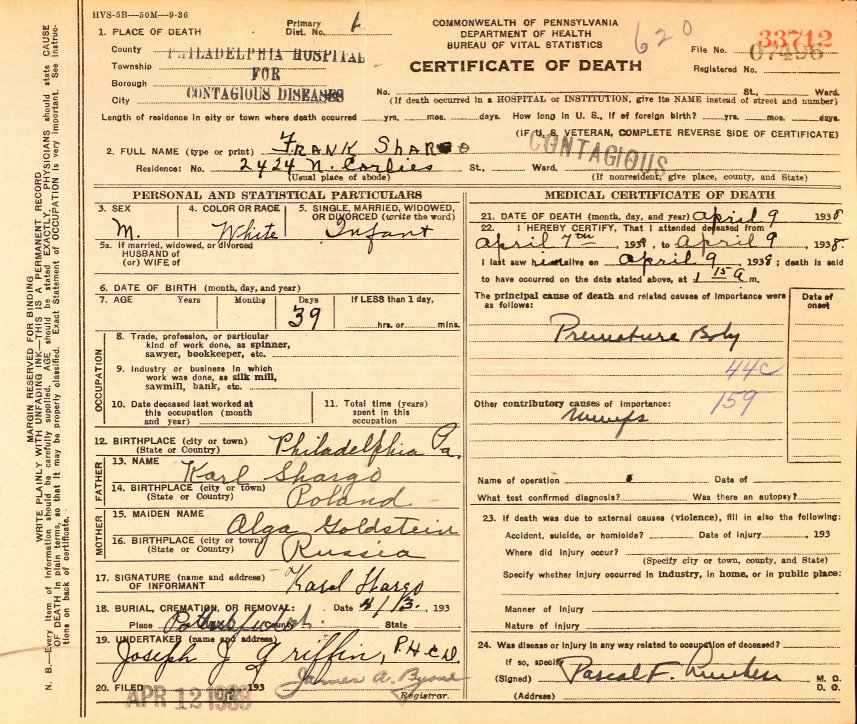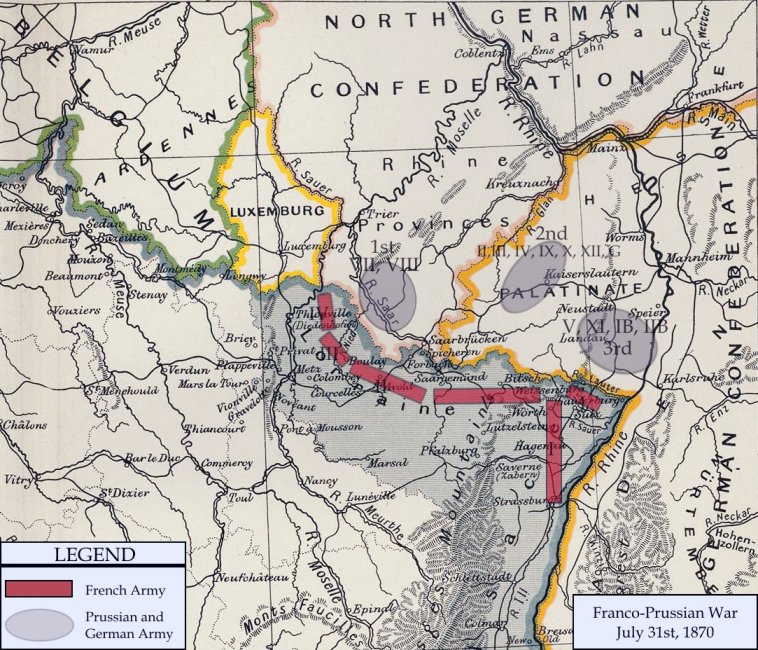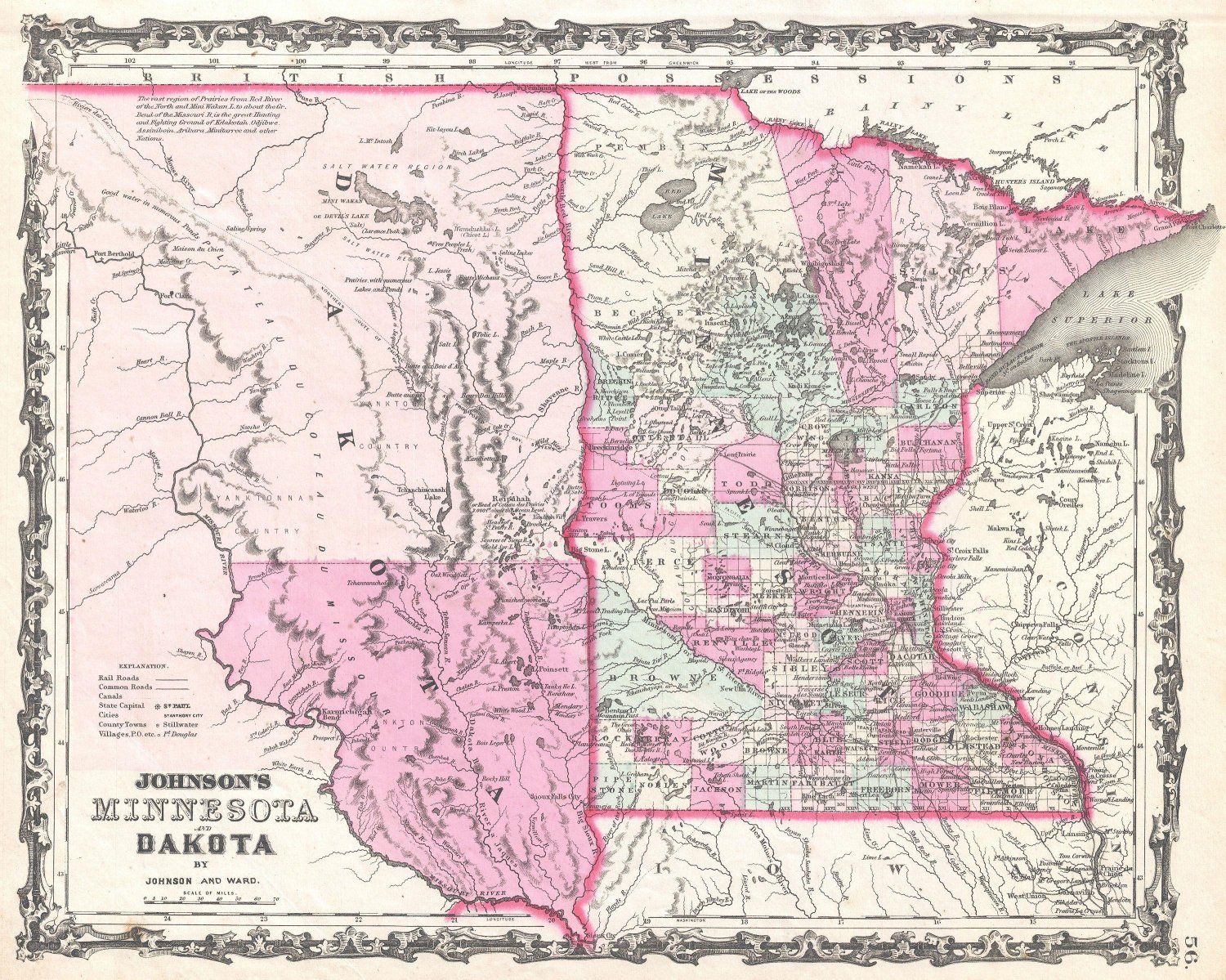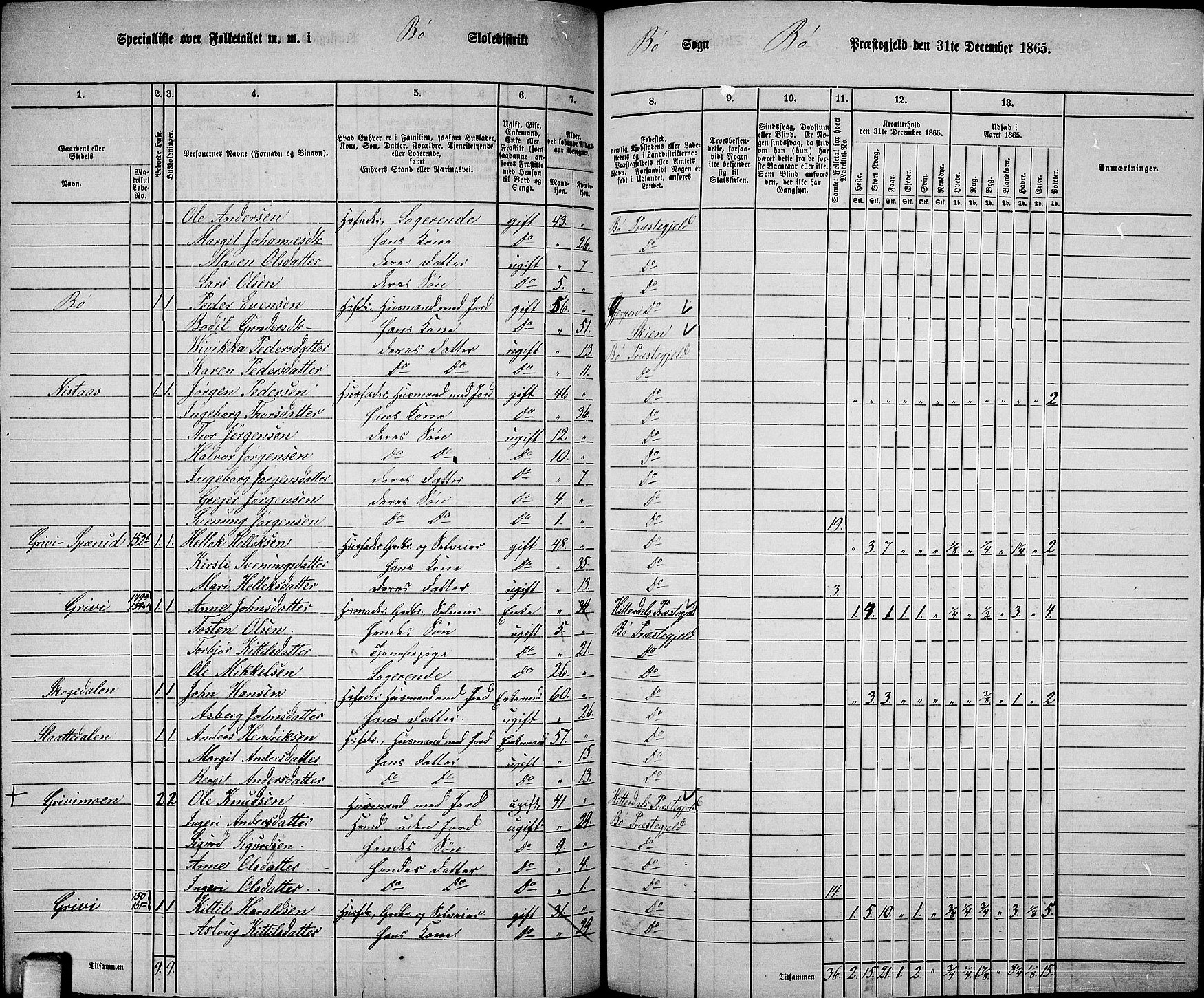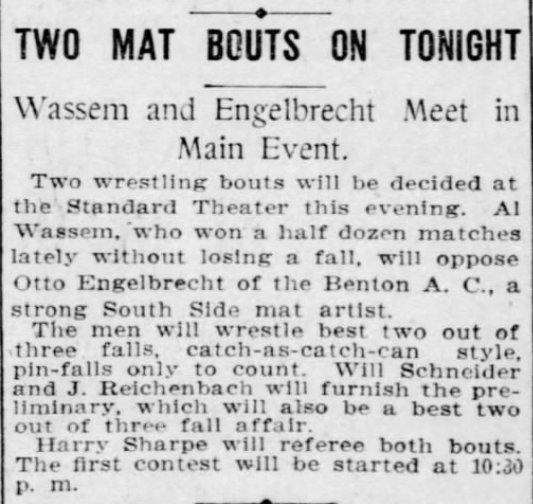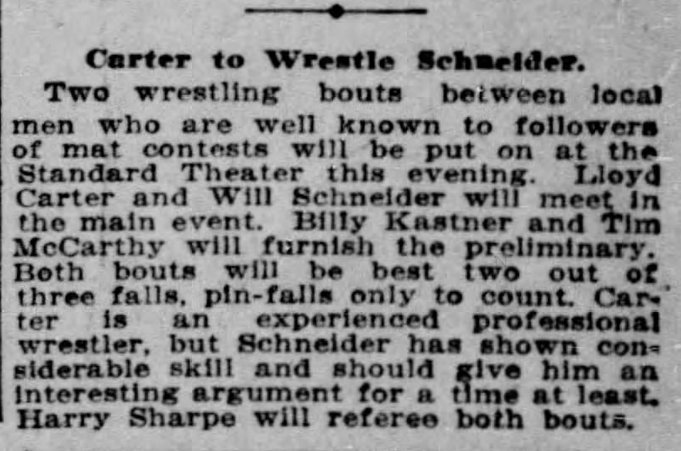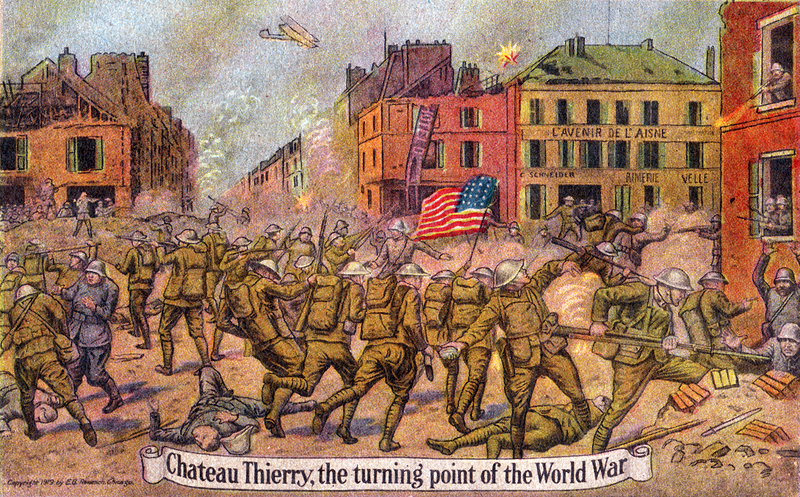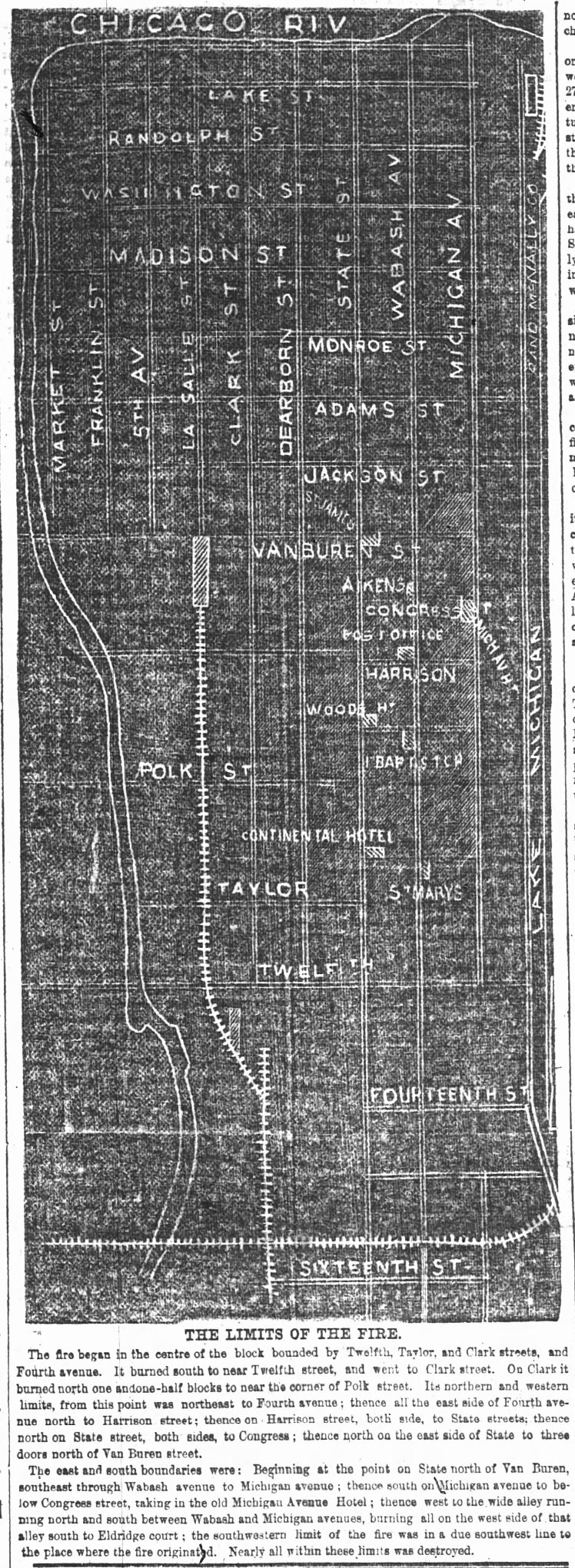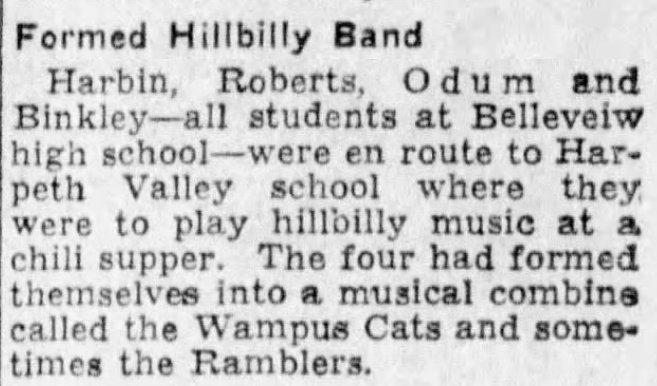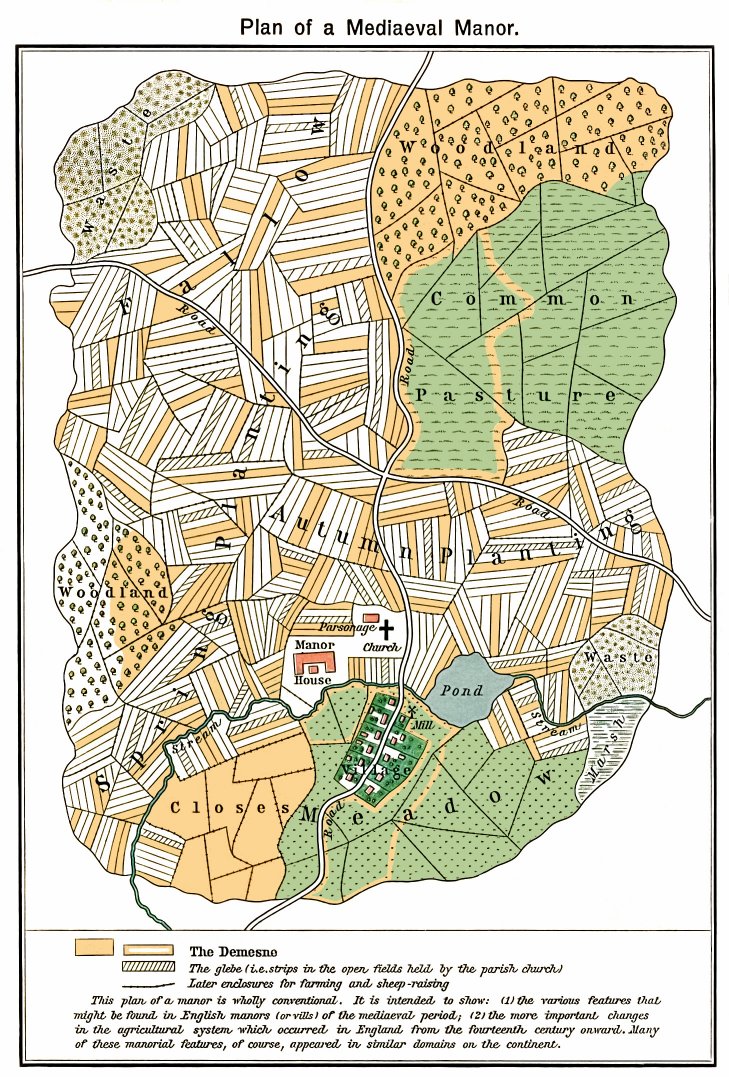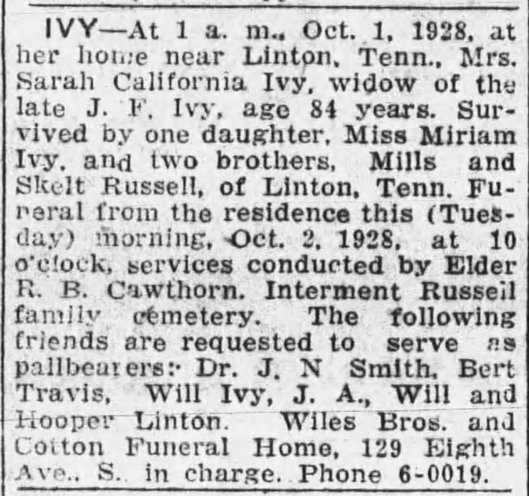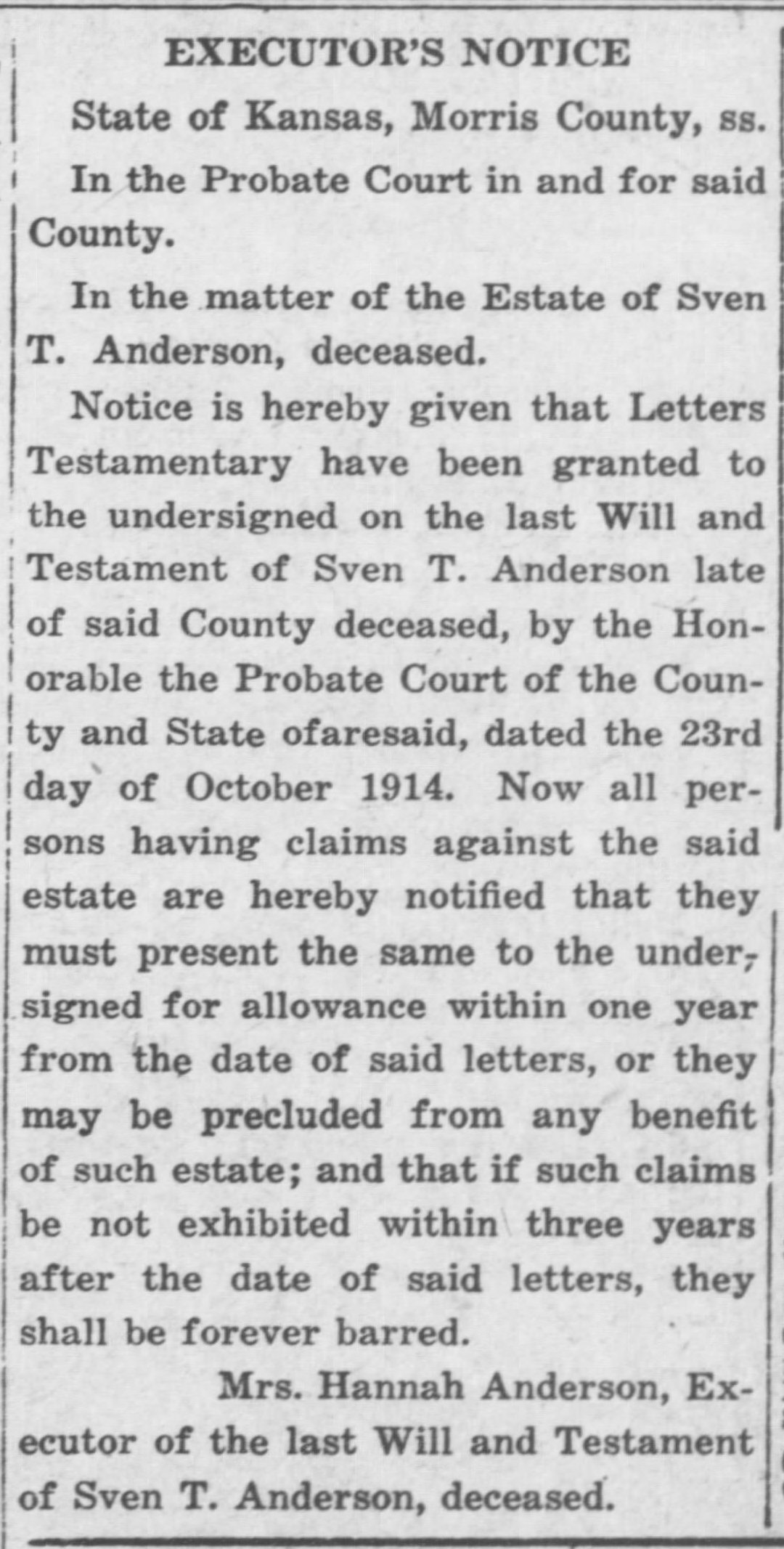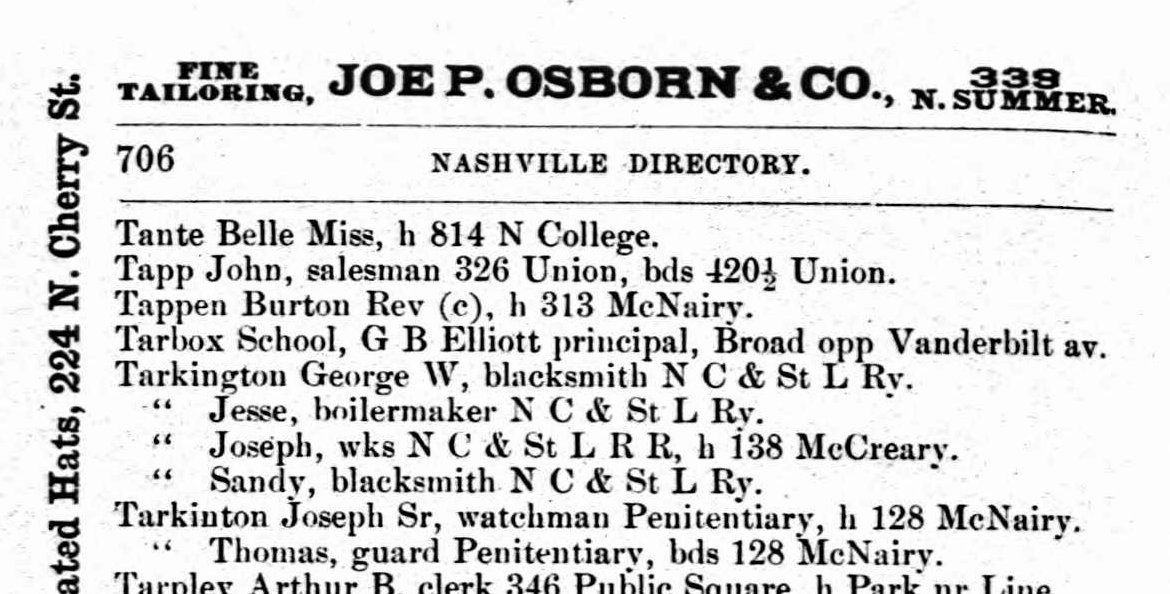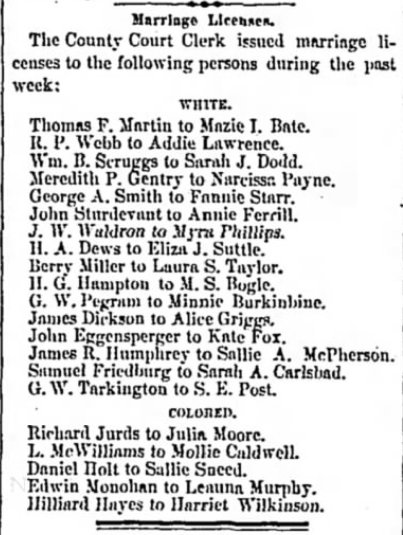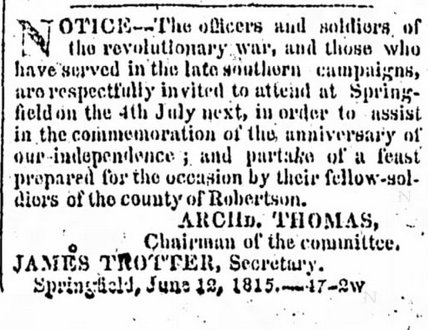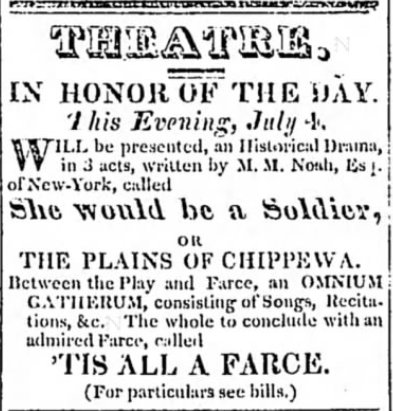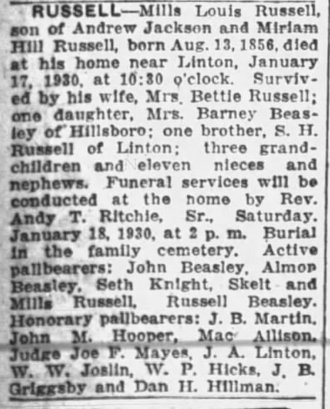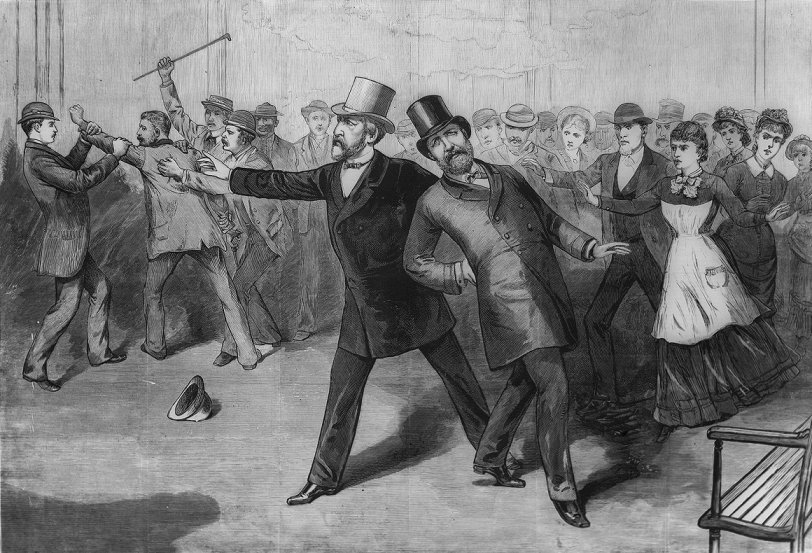Richmond Enquirer, v. 372 no. 28, 14 August 1840, page 3
LOUISA COUNTY
At a meeting of a part of the sub-Committee of Vigilance for the neighborhood of Locust Creek, Louisa County, held at Locust Creek Tavern, on the 6th inst., Capt. Albert G. Bowles was called to the Chair, and Dr. Archibald Anderson requested to act as Secretary
––it was
1.
Resolved, That our confidence in the intelligence, honesty and patriotism of Martin Van Buren, President of the U.S., is still undiminished, and that every effort which is fair and honorable shall be made by us to secure his re-election.
2.
Resolved, That the manner in which the Honorable Richard M. Johnson has discharged the duties of Vice President of the U.S., recommends him to the support of the voters of the county of Louisa.
3.
Resolved, That the following names be added to the sub-Committee of Vigilance for the neighborhood: Thomas A. Hope, Lindsay Richardson, Robert Armstrong, George W. Gregory, Wm. J. Crowder, Garland Tate, Thompson Tate, George Strong, John R. Cheek, John Swift, Joseph Harris, John T. Smith, John Sims, David Sharp, David Sims, Elder James M. Bagby, John Longdon, Thomas Duke, Hardin Duke, Hardin L. Duke, Thomas C. Anderson, Andrew B. Armstrong, Robert Foster, C. W. Gentry, Robert Duncan, Dr. Wm. Meridith, James Johnson, Edmond Wash, Wm. Wilsher, David Armstrong, (F,) Wm. Gammon, Wm. W. Pulliam, Wm. Cockran, Wilson Laine, R. K. Bowles, William Crutchfield, William C. Lindsay, Jesse T. Bowles, John Moss, John A. Harris, Daniel Perkins, Robert Perkins, Robert S. Halsall, Rev. William J. Winston, Col. Thomas Loyal, John Shelton, Edmond Swift, John S. Smith, Matthew Loyd, Thomas Loyd, sr., Thomas Loyd, jr., Elkanah Brooks, John Atkisson, Samuel Hollins, John S. Woodson, Capt. Garland Anderson, Matthew Farrar, Garland Farrar, Dr. Wm. S. Fowler, James Brooks, Dudley Gibson, Robert Duggins, Simeon Foster, Robert Corker, William Foster, John Johnson, Thomas Saunders, Thomas Bourn, Jas. Duke, John Tate, James Hall, Wm. Lafaun, Wm. C. Thomas, John C. Hawkins, Chas. L. Cocke, John Grubbs, William Corker, John W. Jackson, Andrew Jackson, Jesse Prophet, Jas. E. Hardaman, Samuel Trenham, John Austin, Granville Timberlake, Chapman Gordon, Wm. Saunders, Thomas F. Armstrong, Hezagad Cosby, Wm. Adams, James Adams, Z. W. Perkins, Micajah Parrish, and James Sims.
4.
Resolved, That these proceedings be signed by the Chairman and Secretary, and a copy transmitted to the Editor of the Enquirer with a request that they be published in the Enquirer and Crisis.
ALBERT G. BOWLES,
Chm'n.
ARCH'D ANDERSON,
Sec'ry.
In 1840, my 5th-great-grandfather
Chapman Gordon became a member of the sub-Committee of Vigilance for the neighborhood of Locust Creek, Louisa County. The sub-Committee of Vigilance was working to get President Martin Van Buren re-elected in the election of 1840.
Following the Panic of 1837, the United States experienced a depression. The Whigs blamed Van Buren, and called him "Martin Van Ruin". The men of Locust Creek disagreed; they saw Van Buren as intelligent, honest, and patriotic. They may also have supported Van Buren because, although he was personally opposed to slavery, he had promised to oppose its abolition in states where it existed. Unfortunately,
Chapman Gordon owned slaves.
This resolution has given me more information about Chapman Gordon: his political views; his neighborhood in Louisa County, Virginia; the names of his associates in the community; and the name of the local tavern.
Source: Martin Van Buren



